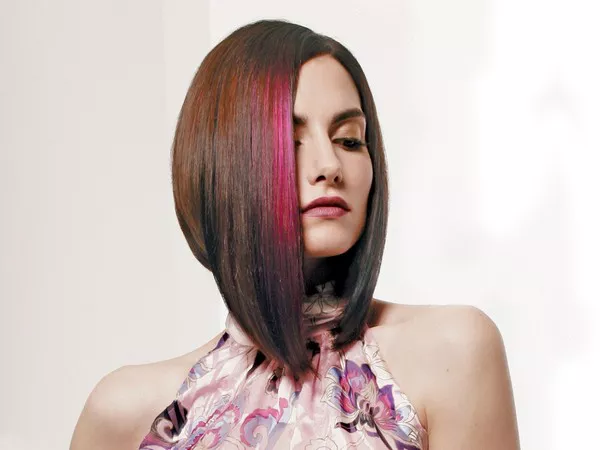The quest for the perfect hair color often leads to questions about the effectiveness of double dyeing—applying hair dye twice to achieve a lighter hue. This technique seems like a shortcut to attaining a brighter, more vibrant color, but does it truly yield the desired results? In this article, we delve into the complexities of double dyeing, exploring the science behind hair color transformations and shedding light on whether dyeing your hair twice can genuinely lead to a lighter shade.
I. Understanding the Basics of Hair Color
Before delving into double dyeing, it’s crucial to grasp the fundamentals of hair color transformation. Hair dye works by lifting the natural pigment in your hair and depositing new color molecules. Lightening hair involves removing the existing pigments, and this process is typically achieved through a mixture of chemicals, including hydrogen peroxide and ammonia.
II. The Logic Behind Double Dyeing
The concept of double dyeing stems from the idea that if one round of hair dye can lift some pigments, a second application could potentially lift even more, leading to a lighter result. While this may seem plausible, it’s essential to approach this technique with caution, as the outcome is influenced by various factors, including your hair’s natural color, texture, and overall health.
III. Reality Check: Limitations of Double Dyeing
In practice, double dyeing might not necessarily lead to a significantly lighter outcome. The effectiveness of this technique largely depends on your hair’s initial condition, as well as the specific hair dye products used. Hair that is already light or porous may respond better to double dyeing, while darker or resistant hair might not yield the desired results.
IV. Potential Risks and Pitfalls
Opting for double dyeing carries potential risks, particularly when it comes to hair health. Repeated exposure to hair dye chemicals can lead to increased hair porosity, dryness, and damage. Additionally, overprocessing your hair can cause color inconsistencies, uneven results, or even a complete departure from the intended shade.
V. Professional Guidance and Expertise
If you’re contemplating double dyeing, seeking professional advice is highly recommended. A skilled colorist can assess your hair’s condition, discuss your desired color goals, and recommend the most suitable approach. Their expertise can help you avoid potential pitfalls and navigate the process while minimizing damage.
VI. Preparation and Aftercare
If you decide to proceed with double dyeing, it’s essential to prepare your hair adequately. This includes ensuring your hair is in good health, as healthy hair is more likely to respond positively to the dyeing process. Additionally, following a thorough post-color care routine using color-safe products can help maintain your hair’s vibrancy and integrity.
VII. Color Correction and Professional Solutions
In some cases, double dyeing might not yield the desired results. If you find yourself with unintended color outcomes or damage, seeking professional help is the best course of action. Color correction techniques, performed by experts, can help rectify color mishaps and restore your hair’s health and appearance.
VIII. Natural Limitations of Hair Color
It’s important to recognize that there are natural limitations to how much your hair can be lightened through dyeing alone. Dark hair, in particular, might require multiple sessions of lightening and might still not reach the desired shade. Overloading your hair with excessive chemicals can lead to severe damage, and it’s essential to set realistic expectations.
IX. Alternative Lightening Techniques
Instead of relying solely on double dyeing, consider exploring alternative lightening techniques. Balayage, highlights, and ombre are methods that can create dimension and a lighter appearance without subjecting your hair to the potential risks of overprocessing.
X. Conclusion: Proceed with Caution
In the world of hair color transformations, the idea of double dyeing to achieve a lighter shade might sound enticing. However, it’s vital to approach this technique with caution and realistic expectations. While double dyeing can potentially lead to some degree of lightening, the outcome is influenced by numerous factors. Seeking professional guidance, understanding your hair’s limitations, and prioritizing its health are paramount. Remember that the pursuit of a lighter shade should always be balanced with a commitment to maintaining the integrity of your hair.

